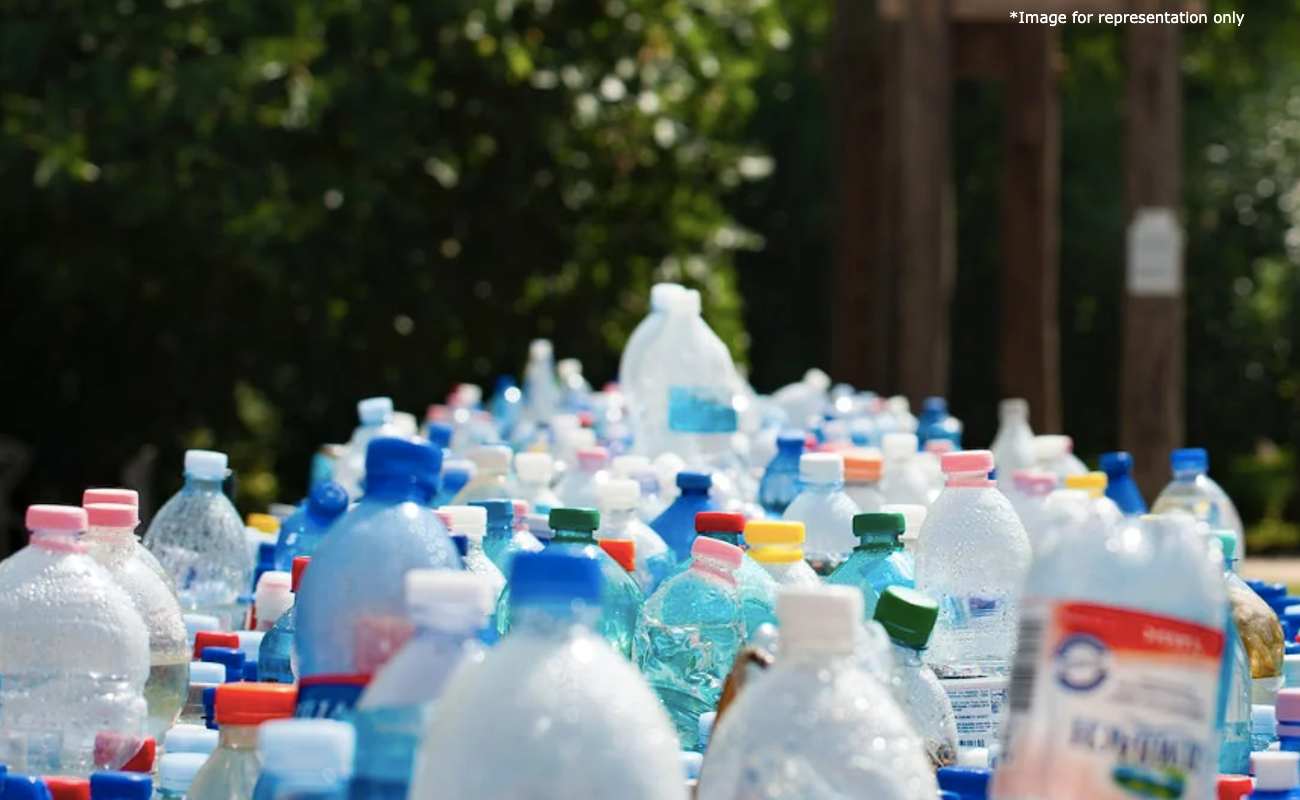Blending and compounding of bioplastics; Introduction for beginners
Blending and compounding of bioplastics have emerged as promising approaches for enhancing the performance of biopolymers and overcoming some of their limitations. Bioplastics are a group of biodegradable and/or renewable polymers derived from natural resources such as corn, potato, or sugarcane. They have gained significant attention in recent years due to their potential to reduce the dependence on fossil-fuel-based plastics, which pose serious environmental problems. However, the physical and mechanical properties of bioplastics are still inferior to traditional plastics, which limits their application in some areas. Blending and compounding bioplastics with other materials is one way to improve their properties and expand their potential uses.
Blending is the process of combining two or more polymers to create a new material with a unique set of properties. Bioplastics can be blended with other biodegradable polymers, such as poly(lactic acid) (PLA), polyhydroxyalkanoates (PHAs), or starch-based polymers, to create materials with improved mechanical properties, such as tensile strength and impact resistance. For example, PLA can be blended with a thermoplastic elastomer (TPE) to create a material with improved flexibility and toughness. Similarly, blending PLA with PHA can improve its biodegradability while maintaining its mechanical properties.
Another approach is to blend bioplastics with traditional plastics to create materials with a better balance of properties. For example, blending polycarbonate (PC) with a bio-based polymer such as polylactic acid (PLA) can create a material with improved impact resistance and heat resistance while maintaining some of the benefits of bioplastics, such as biodegradability.
Compounding, on the other hand, is the process of incorporating additives and fillers into a polymer to enhance its properties. Bioplastics can be compounded with various materials, including natural fibers, nanoclays, and even waste materials, to improve their mechanical properties, such as stiffness, strength, and durability. For example, adding cellulose fibers to PLA can create a material with improved mechanical properties while maintaining its biodegradability. Similarly, adding nanoclays to starch-based polymers can improve their barrier properties against water vapor and oxygen.
Blending and compounding of bioplastics can also help to reduce the cost of biopolymers, which is one of the major barriers to their widespread use. By blending bioplastics with traditional plastics, the cost of the resulting material can be reduced while still maintaining some of the environmental benefits of bioplastics.
In conclusion we can say, blending and compounding of bioplastics offer a promising approach to improving the performance and expanding the potential uses of biopolymers. By combining bioplastics with other materials, it is possible to create materials with a unique set of properties that can be tailored to specific applications. Moreover, blending and compounding can also help to reduce the cost of bioplastics, making them more competitive with traditional plastics. As research and development in this area continue, it is expected that more innovative and sustainable bioplastic materials will be developed.

